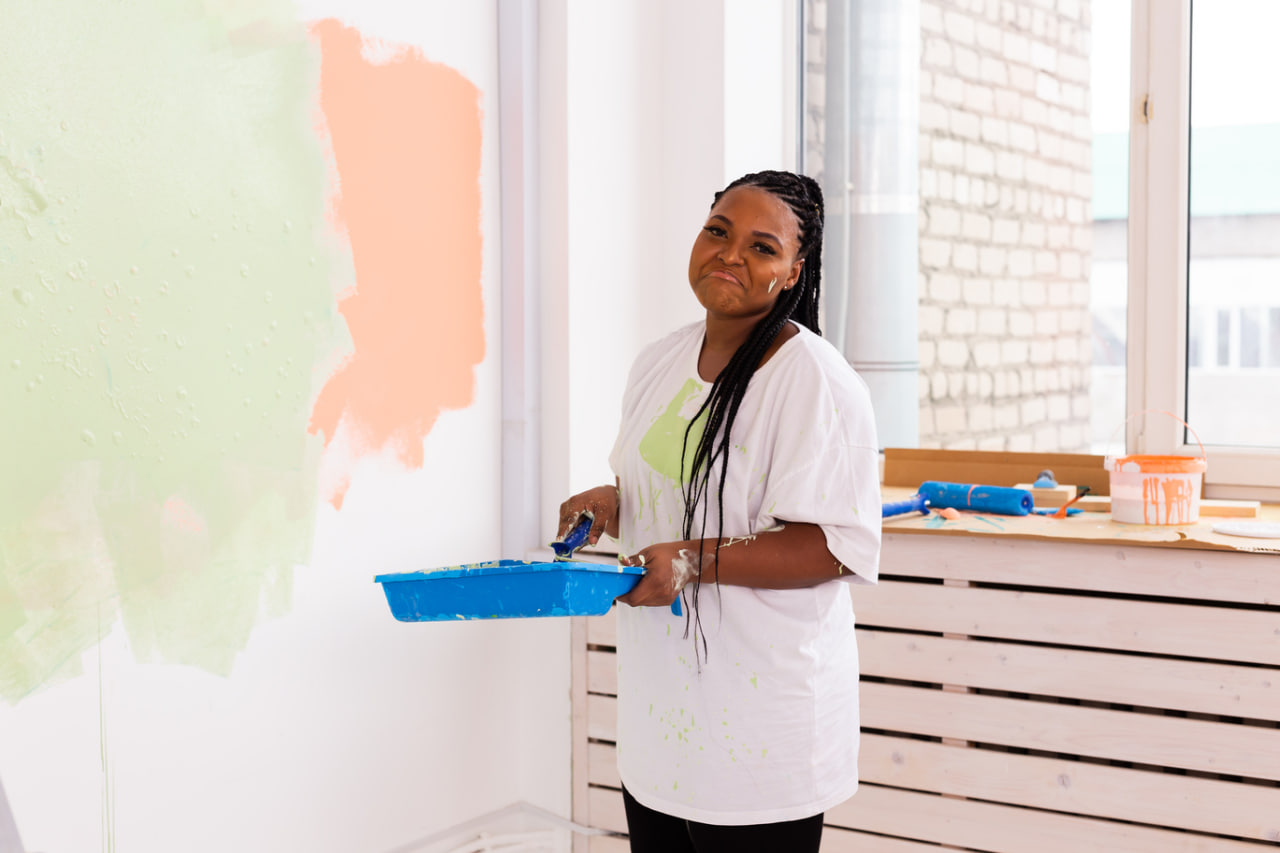Beginner’s Guide to Wall Painting: Tools, Materials & First Steps
Wall painting, or mural art, is one of the most rewarding ways to express creativity on a large scale. Whether you are decorating a private space, adding personality to a business, or simply experimenting with a new form of art, mural painting offers endless possibilities. For beginners, the process may feel overwhelming, but with the right tools, materials, and guidance, anyone can get started.
Understanding the Basics of Wall Painting
Before picking up a brush, it is important to understand what makes wall painting different from working on canvas or paper. Walls are often larger, textured, and more exposed to environmental factors, which means preparation and material choice are essential. A successful mural is not only about artistic skill but also about ensuring the artwork lasts and maintains its vibrancy over time.
Essential Tools for Wall Painting
Every beginner should gather the right tools before starting a mural project. The following items form the foundation of any muralist’s toolkit:
- Brushes: A variety of sizes is essential. Large flat brushes are used for covering wide areas, while smaller detail brushes help refine lines and shapes.
- Rollers: Ideal for applying primer or blocking out large sections of color quickly.
- Sponges and Rags: Useful for creating textures, blending, and softening edges.
- Pencils and Chalk: For sketching outlines on the wall. Chalk is often preferred because it can be easily wiped away.
- Ladders or Scaffolding: Depending on the size of the wall, you may need stable equipment to reach higher areas safely.
- Protective Gear: Gloves, masks, and old clothes are helpful for keeping clean and safe during long painting sessions.
Choosing the Right Materials
The type of paint and materials you use can determine the quality and longevity of your mural. Beginners should start with reliable, accessible products that are designed for walls.
- Primers: Preparing the wall with a primer ensures that paint adheres evenly and prevents moisture from damaging the mural.
- Acrylic Paints: These are the most popular choice for wall painting because they are durable, quick-drying, and available in a wide range of colors.
- Exterior Paints: For outdoor murals, weather-resistant paints are essential to protect against rain, sun, and temperature changes.
- Sealants and Varnishes: Once the mural is complete, a clear sealant adds an extra layer of protection against dust, scratches, and fading.
Preparing the Wall Surface
Good preparation is the foundation of a successful mural. Start by cleaning the wall thoroughly to remove dust, grease, or old paint that may interfere with adhesion. If the wall has cracks or holes, fill them with putty and sand them smooth. Apply a base coat of primer to create an even surface for painting. This step may feel time-consuming, but it ensures your artwork remains bright and stable for years to come.
Sketching and Planning the Design
Planning your mural is just as important as the painting process itself. Beginners often find it helpful to start with smaller designs and gradually progress to larger, more complex murals. Create a sketch on paper first, focusing on composition, color choices, and scale. Once the design feels balanced, transfer the outlines onto the wall using light pencil marks, chalk, or even a projector for larger projects.
First Strokes and Color Application
When it comes time to paint, begin by blocking in large shapes and background areas with broad brushes or rollers. This helps establish the overall structure before focusing on details. Work from lighter colors to darker shades, as it is easier to cover light areas with dark paint than the reverse. Allow each layer to dry before applying the next to avoid smudging and uneven textures.
Common Mistakes Beginners Should Avoid
- Skipping Wall Preparation: A poorly prepared surface will cause peeling and fading.
- Using the Wrong Paint: Not all paints are suitable for walls; avoid using watercolors or student-grade paints.
- Overcomplicating the First Project: Start simple. A clean, well-executed design is more effective than a rushed, complex one.
- Ignoring Safety: If working on high walls, always use secure ladders or scaffolding.
Building Confidence Through Practice
Like any art form, wall painting requires patience and practice. Beginners should not be discouraged if the first attempt does not meet expectations. Each mural is a learning experience, teaching new techniques in blending, composition, and scaling. With every project, confidence grows, and skills improve.

